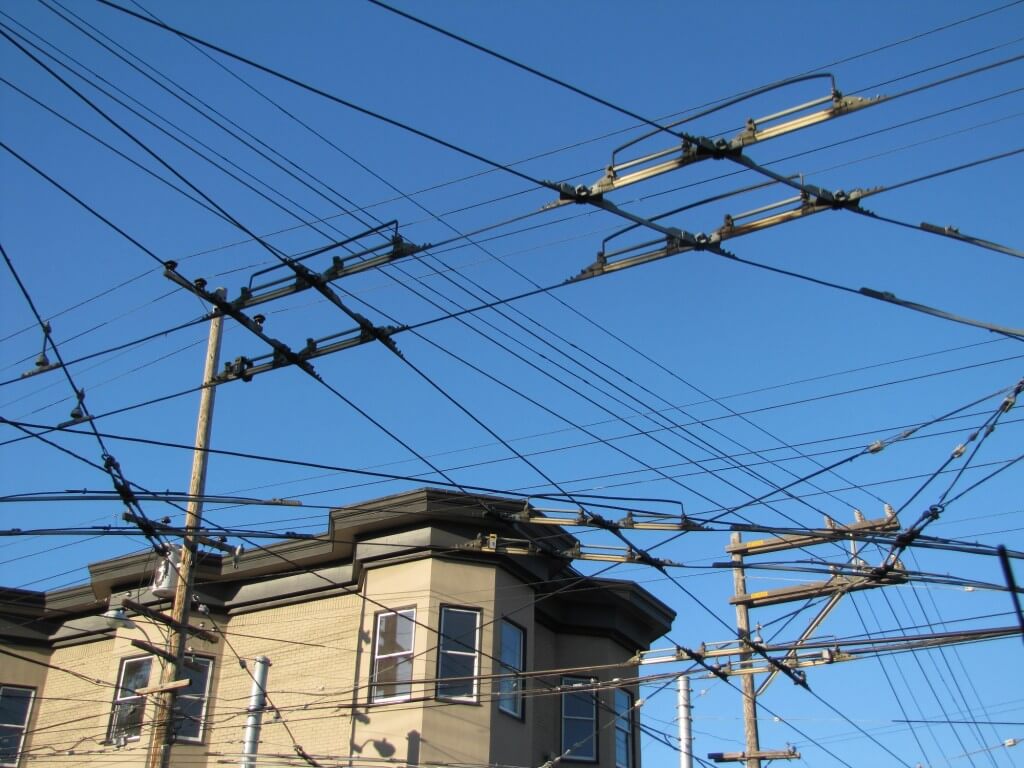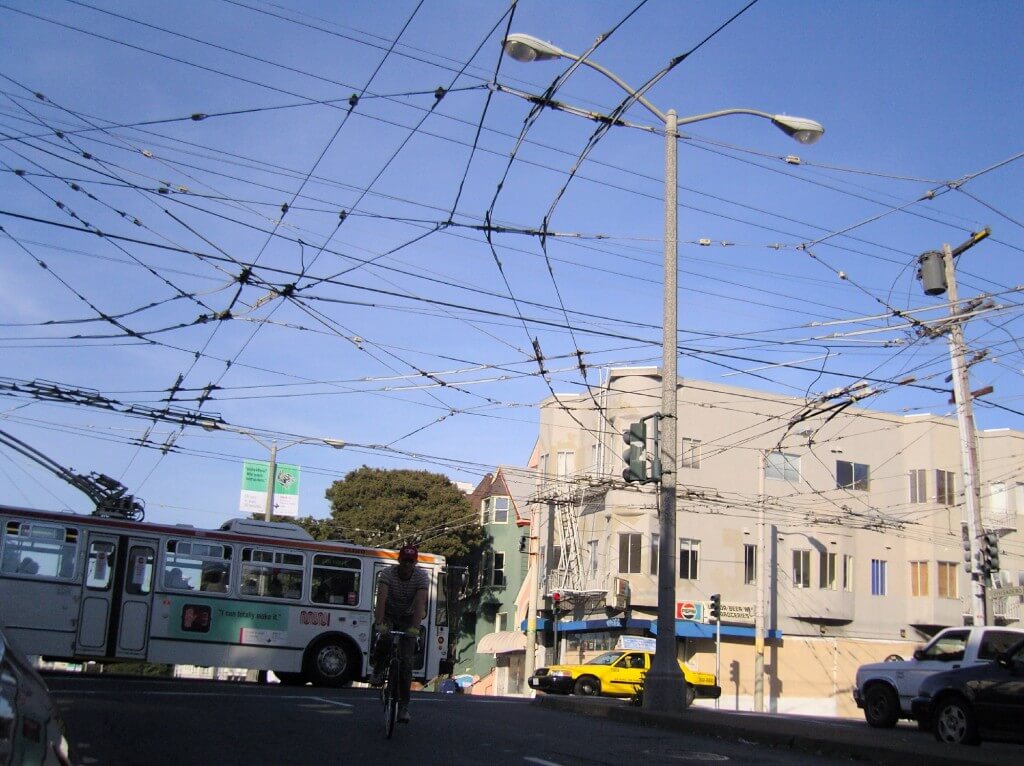Information Security News: Call for Papers: Cyber Security in International Relations.
Forwarded from: Brent Kesler <bdkesler (at) nps.edu>
Call for Papers: Cyber Security in International Relations
Submissions due: February 1, 2011
Strategic Insights, an online journal published by the Center on
Contemporary Conflict at the Naval Postgraduate School, is seeking
scholarly papers on the role that cyber security and information and
communications technology (ICT) play in international relations and the
strategic thinking of state and nonstate actors. This issue of SI seeks
to inform policy makers and military operators of lessons drawn from
real-world experience with computer and IT issues.
We seek assessment and analysis based on real-world events, not
speculation regarding potential threats and perceived vulnerabilities.
Papers that test or develop political theories and concepts are
encouraged. We hold a broad definition of cyber security, and encourage
submissions on a range of ICT topics related to threats to national
security and individual liberties, responses to such threats from states
and non-state actors, and emerging issues offering an over-the-horizon
view of cyber security.
However, all submissions should be empirically based; we do not intend
to publish work purely devoted to editorial opinion, threat
anticipation, or policy advocacy. Submissions therefore should attempt
to map capabilities based on available sources or game out real-world
implications based on empirical data; any "digital Pearl Harbor"
scenarios should attempt to measure the extent of the damage--tangible,
social, or political--that could occur.
Sample Topics:
* Use of cyber attacks to influence government behavior (e.g., 2007
Estonia attacks)
* Cyber attacks as a force multiplier in conventional conflicts (e.g.,
2008 Georgia attacks)
* Internet as a critical resource for political and social movements
(e.g., the Green Movement in Iran, electioneering in Moldova, Red
Shirt Movement in Thailand)
* Governments' efforts to contain popular movements that organize via IT
(e.g., shutting down or containing flash mobs, Chinese monitoring of
the Dalai Lama, software filtering and surveillance technologies)
* The role of information technology strategies in the US and other
states' foreign policy (e.g., US State Department intervention to
prevent Twitter shut-down during protests following the 2009 Iranian
elections)
* Regional cyber-conflicts (e.g., North and South Korea, India and
Pakistan, Israelis and Palestinians)
* Espionage and secrecy in a networked world (e.g., China and Google,
Wikileaks)
* Information technologies, civil liberties and privacy (e.g., RIM
Blackberry and Chinese, Indian and US efforts at surveillance;
Wikileaks; the Safe Harbor dispute)
* Strategic implications of cyber attacks against critical
infrastructures
* Innovative cyber attacks (e.g., Stuxnet and the Iranian nuclear
program)
* International cooperation to manage cyber-security and IT issues
(e.g., Internet governance, WSIS, ICANN, WIPO)
Submission Details: Submissions should be addressed to SI Editor Brent
Kesler and sent in MS Word compatible format to ccc (at) nps.edu. They
should range from 10 to 20 pages, double spaced, or 3,000 to 6,000
words. For more information on submission guidelines, please consult:
http://www.nps.edu/Academics/Centers/CCC/Research-Publications/StrategicInsights/submissions.html
Time to put on the big thinking hat!



